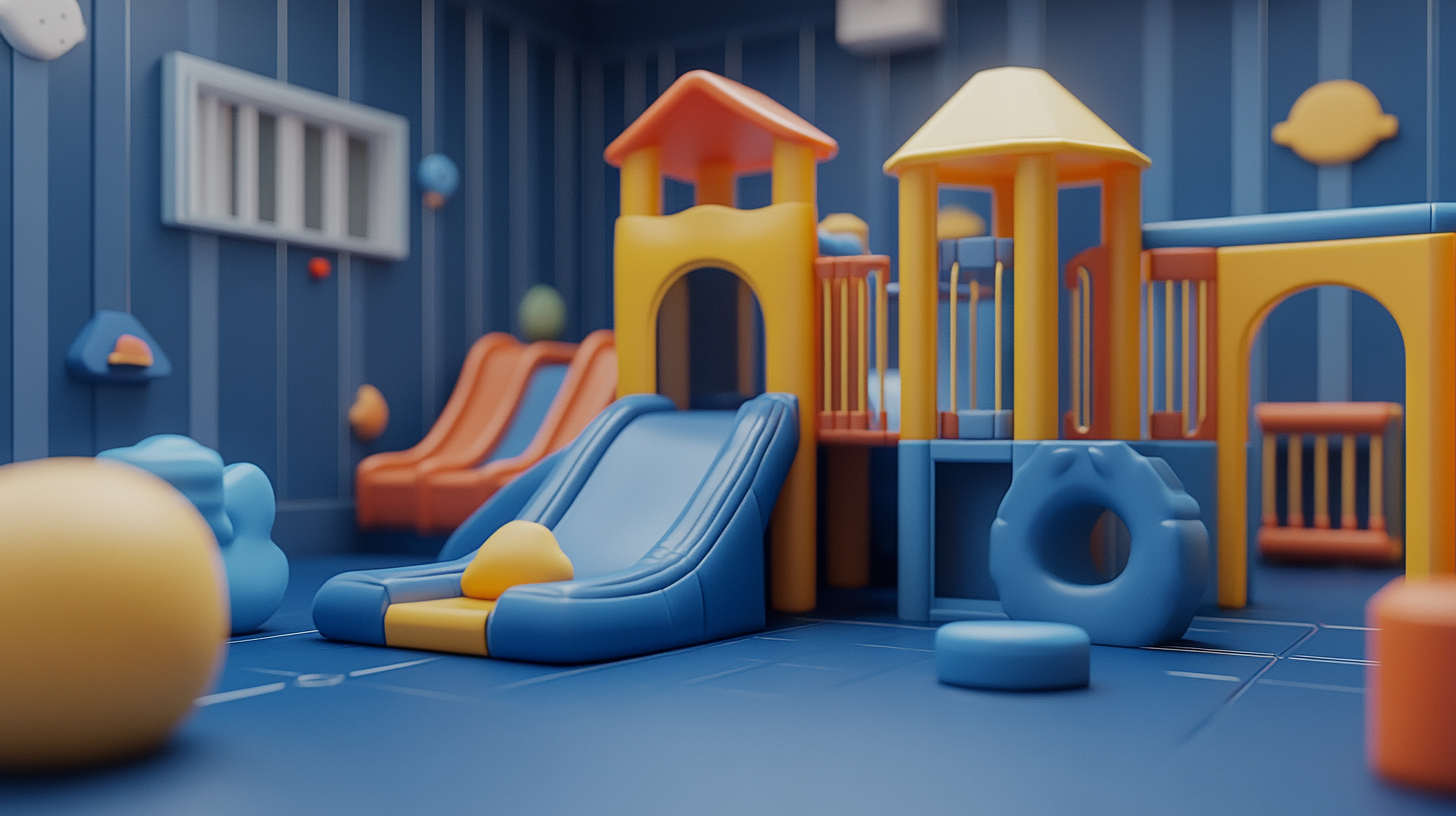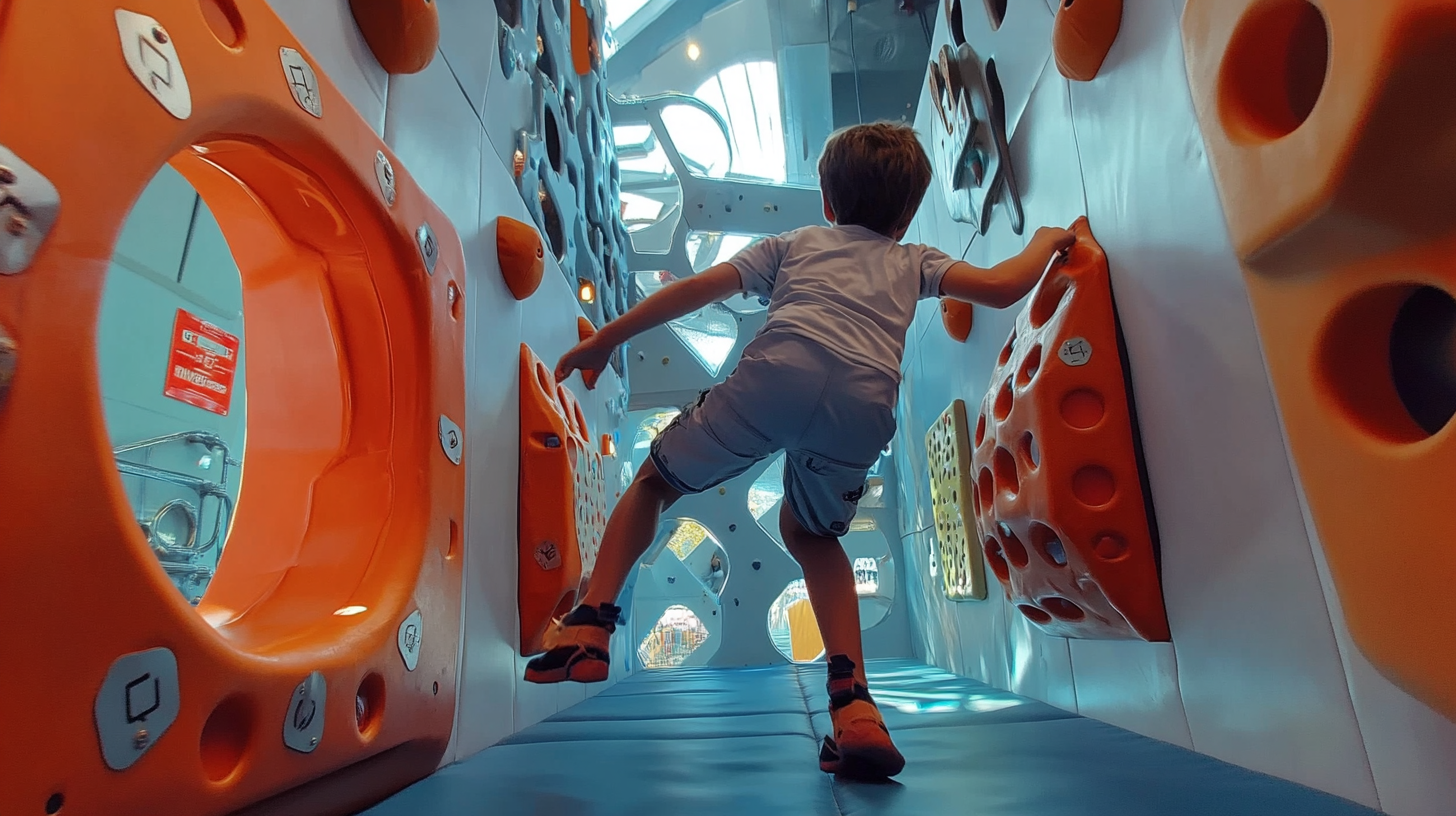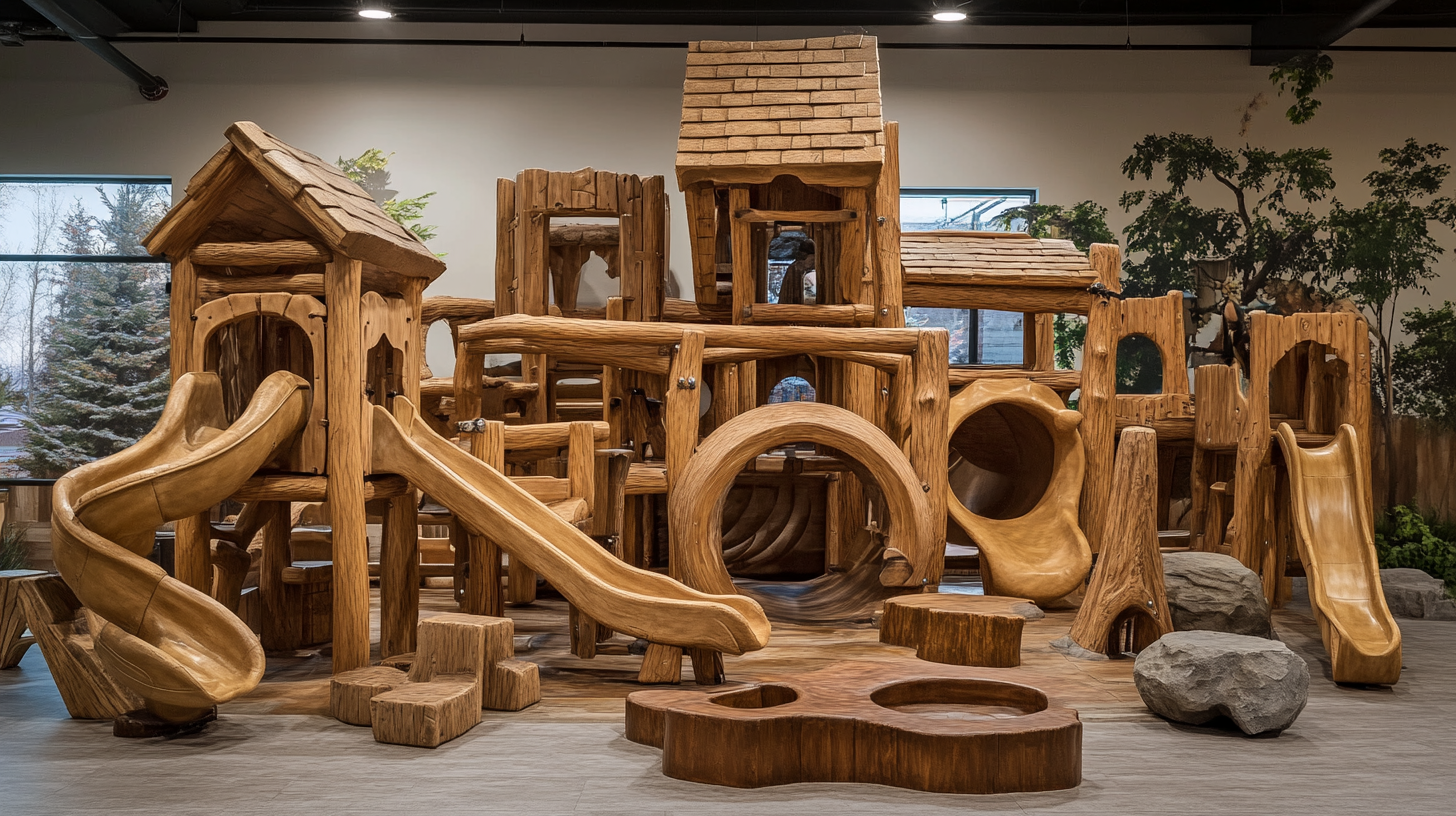
Inquiry
Form loading...
Indoor play equipment commercial is a rapidly growing sector in the children's entertainment industry, reflecting a greater awareness of the importance of play in child development. According to recent industry reports, the global market for indoor play equipment is projected to reach $2.18 billion by 2025, driven by the increasing demand for safe and engaging play areas in urban environments. As facilities recognize the need to create stimulating atmospheres that promote physical activity and social interaction, understanding the technical specifications of this equipment becomes crucial. This not only ensures compliance with safety standards but also enhances the overall play experience for children. With innovations constantly emerging in design and materials, operators must stay informed on the latest trends and guidelines to maximize functionality and safety while fostering an inviting and exciting environment for patrons.

When it comes to the installation of indoor play equipment for commercial use, safety standards are of utmost importance. With an increasing number of children visiting indoor play spaces, ensuring that these environments are safe and secure has become a top priority for operators. Key considerations include adherence to relevant safety regulations, which vary by region but typically cover aspects like materials used, structural integrity, and age-appropriateness of the equipment. Operators must ensure that all equipment is designed and constructed to withstand regular use, minimizing the risk of injury.
Another critical aspect is the maintenance and inspection of the play equipment. Regular checks not only help to identify potential hazards but also ensure that the equipment remains safe over time. It's essential that staff are trained to recognize signs of wear or damage and take immediate action to rectify any issues. Additionally, implementing soft surfaces and barriers can significantly enhance safety, providing a cushion for falls and preventing children from wandering into unsafe areas. By prioritizing these key considerations, commercial indoor play areas can create a fun yet secure environment for all children.

When selecting indoor play equipment for commercial use, understanding the technical specifications is crucial. The materials used in construction play a significant role in enhancing both durability and enjoyment for children. High-quality plastics that are impact-resistant and easy to clean can withstand the rigors of active play, prolonging the life of the equipment. Moreover, materials like powder-coated metals resist rust and corrosion, ensuring that the structures remain safe and visually appealing over time.
Design features also significantly contribute to the overall experience of indoor play equipment. Incorporating elements such as rounded edges, non-slip surfaces, and innovative safety features can help create a playful environment that prioritizes children's safety. For instance, trampolines designed with reinforced stitching and durable mat materials not only provide fun but also ensure a secure jumping experience. Similarly, the latest designs in bunk beds focus on multi-functionality, incorporating storage solutions that appeal to both kids and parents. These advancements collectively enhance the enjoyment of play spaces, making them attractive investments for commercial settings while providing children with a safe and engaging environment.

When designing indoor play structures for commercial use, understanding age appropriateness is crucial for ensuring the safety and engagement of children. According to a report by the International Playground Equipment Manufacturers Association (IPEMA), play equipment should be tailored to suit specific age groups to promote not only safety but also developmental benefits. For instance, equipment designed for toddlers (ages 1-3) should emphasize lower heights and soft surfaces, enabling safe exploration, while apparatus for preschool-age children (ages 3-5) can incorporate more complex features like slides and climbing areas to encourage motor skills and social interaction.
Research highlights that children aged 6-12 benefit from more challenging structures that promote physical activity and problem-solving. A study published in the Journal of Outdoor Recreation and Tourism suggests that engaging playground designs can increase physical activity levels by up to 40% in this age group. Accordingly, incorporating elements such as rope bridges, climbing walls, and multi-level platforms not only caters to their adventurous spirit but is vital for fulfilling their developmental needs. In conclusion, selecting appropriate indoor play equipment based on age-specific criteria is essential for fostering a safe and stimulating environment for children in commercial play settings.
When designing indoor play areas for commercial use, the importance of space and layout planning cannot be overstated. A well-thought-out layout not only accommodates various play equipment but also ensures that children have ample room to explore and engage with their environment. The strategic arrangement of play structures can facilitate movement and create natural pathways, allowing for smooth traffic flow. By maximizing usable space, operators can enhance the overall experience, reducing congestion and promoting social interactions among children.
Beyond just the physical space, engaging layouts can significantly impact children's developmental experiences. Incorporating zones that cater to different age groups and activity levels encourages diverse play styles and learning opportunities. For example, quiet corners for imaginative play can coexist with more dynamic areas that feature climbing walls or obstacle courses. This thoughtful zoning can keep children captivated, fostering creativity, physical fitness, and social skills. Ultimately, a comprehensive layout plan tailored to the target audience not only boosts engagement but also elevates the play experience to one that is both enjoyable and developmental.
This pie chart illustrates the key dimensions of space utilization in planning indoor play equipment layouts. Proper allocation of space for equipment, safety zones, interactive areas, and storage solutions is crucial for maximizing user engagement and safety in commercial indoor play environments.
When it comes to maintaining indoor play equipment for commercial use, regular inspections are crucial for ensuring the safety and longevity of the facilities. It is essential to establish a routine maintenance schedule that includes daily, weekly, and monthly checks. Daily inspections should focus on the overall condition of the equipment, looking for any visible signs of wear, damage, or loose parts that could pose a safety risk. Weekly inspections can involve a more detailed examination, including the testing of safety features, such as padding and netting, to ensure they are intact and functioning properly.
Moreover, monthly inspections should involve a thorough assessment of all components, including hardware, joints, and structural integrity. It's important to document every inspection with detailed notes on the condition of the equipment and any repairs made. This not only helps in staying compliant with safety regulations but also aids in identifying patterns of wear and tear, allowing for proactive maintenance. Establishing a partnership with a certified play equipment inspector can enhance this process, ensuring a higher standard of safety and reliability for all users.
